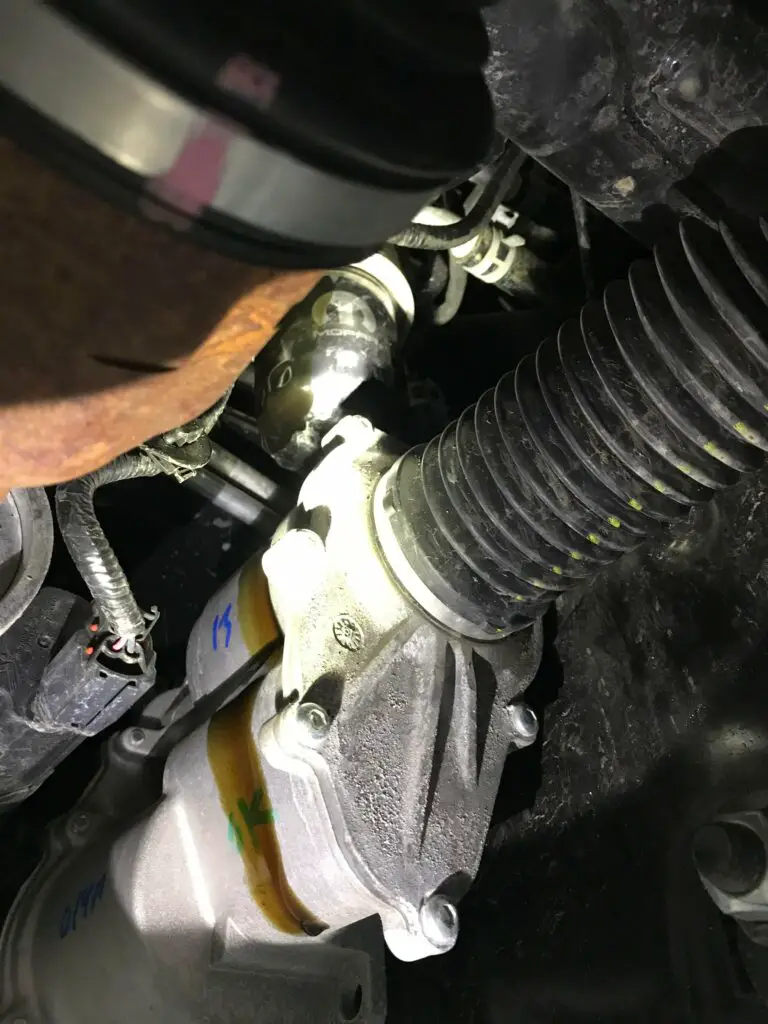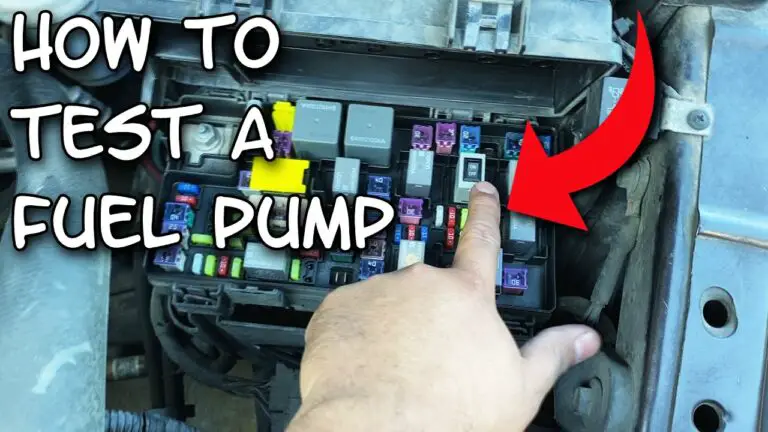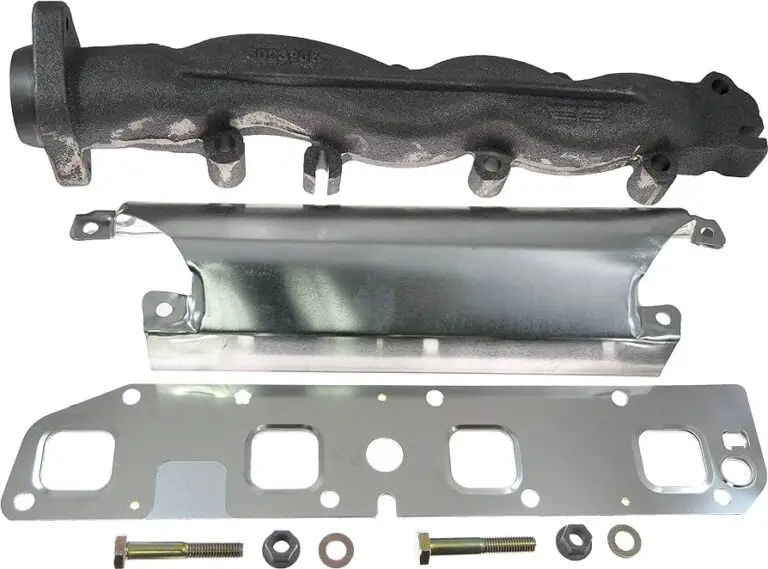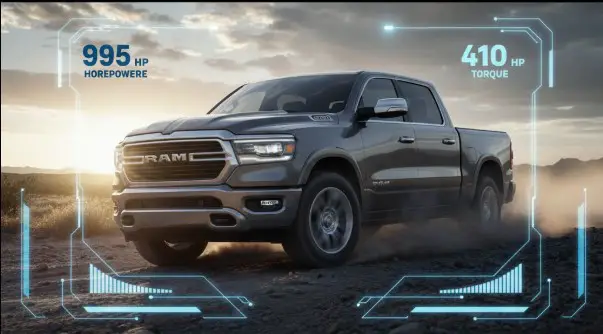Tail Light Dodge Ram Wire Color Codes
For the Dodge Ram, tail light wire color codes typically adhere to the following configuration:
- Brown Wire: Tail Light/Running Light
- Green Wire: Right Turn Signal and Brake Light
- Yellow Wire: Left Turn Signal and Brake Light
- White Wire: Ground
Tail Light Dodge Ram Wire Color Codes Troubleshooting Solutions:
- Check for blown fuses: A blown fuse is a common cause of tail light issues. Locate the fuse box under the hood or inside the vehicle, and check the fuses related to the tail lights. Replace any blown fuses with the appropriate amperage fuse.
- Inspect the wiring harness: Examine the wiring harness for any visible signs of damage, such as fraying, corrosion, or breaks in the wires. If any damaged wires are found, repair or replace the affected section of the harness.
- Verify proper ground connections: A loose or corroded ground connection can cause tail light issues. Ensure the white wire (ground) is securely connected to a clean, rust-free metal surface on the vehicle frame.
- Test the tail light bulbs: Remove the tail light bulbs and inspect them for any signs of damage or burnout. Replace any non-functioning bulbs with the correct type and wattage.
- Examine the tail light assembly: Inspect the tail light assembly for any cracks, moisture, or damage that could cause electrical issues. Replace the tail light assembly if any issues are found.
- Use a multimeter to test the wiring: With a multimeter, test the voltage at each wire to ensure proper electrical connections. If a specific wire does not have the correct voltage, trace the wire back to its source to identify and repair the issue.
- Check the turn signal switch: If the tail lights are not functioning correctly when the turn signals are engaged, the turn signal switch may be faulty. Replace the turn signal switch if necessary.
By following these troubleshooting solutions, you should be able to diagnose and resolve most tail light issues on your Dodge Ram. If you continue to experience problems, it may be best to consult a professional mechanic for further assistance.
Dodge Ram tail light wire clip removal.
5 Tips Tail Light Dodge Ram Wire Color Codes
When it comes to repairing or upgrading your Dodge Ram’s tail lights, understanding the wire color codes is crucial. These color codes indicate the function of each wire, and not knowing them can lead to confusion and errors.
Now, we will discuss the five must-know tips about tail light Dodge Ram wire color codes.
1. Brown is for the Tail Lights
The brown wire is used for the tail lights. When you turn on your headlights, this wire will supply power to your tail lights. If your tail lights are not working, the brown wire should be the first one you check.
2. Yellow is for the Left Turn Signal
The yellow wire is used for the left turn signal. When you turn on your left turn signal, this wire will supply power to the left rear turn signal light. If your left turn signal is not working, the yellow wire should be the first one you check.
3. Dark Green is for the Right Turn Signal
The dark green wire is used for the right turn signal. When you turn on your right turn signal, this wire will supply power to the right rear turn signal light. If your right turn signal is not working, the dark green wire should be the first one you check.
4. Light Green is for the Brake Lights
The light green wire is used for the brake lights. When you press on your brake pedal, this wire will supply power to the brake lights. If your brake lights are not working, the light green wire should be the first one you check.
5. Black is for the Ground
The black wire is the ground wire. It is used to complete the circuit and provide a path for electricity to flow. It is important to make sure the black wire is securely attached to a metal surface for proper grounding.
Knowing the tail light Dodge Ram wire color codes is essential when working on your vehicle’s lighting system. By understanding these five tips, you will be able to quickly diagnose and fix any issues with your tail lights.
Common Issues with Dodge Ram Tail Light Wiring
One of the most common issues with tail light wiring is a faulty connection. This can cause the tail lights to flicker or not work at all. To solve this issue, you can check the wiring for loose connections and tighten them as necessary.
Another common issue is a burnt-out bulb. This can be caused by a variety of factors, including age, vibration, and moisture. To solve this issue, you can replace the bulb with a new one.
Finally, wiring issues can also be caused by a damaged wire.
This can occur if the wire is exposed to extreme temperatures or if it becomes worn over time. To solve this issue, you can replace the damaged wire with a new one.
Safety Precautions for Dodge Ram Tail Light Wiring
When working on your Dodge Ram tail light wiring, it’s important to follow proper safety guidelines to avoid accidents. This includes wearing gloves and safety glasses, as well as turning off the vehicle’s power source before beginning work.
It’s also important to avoid touching any exposed wires or metal parts while the power source is turned on. Doing so can result in a dangerous electric shock. Additionally, you should avoid using any tools that are not designed for electrical work.
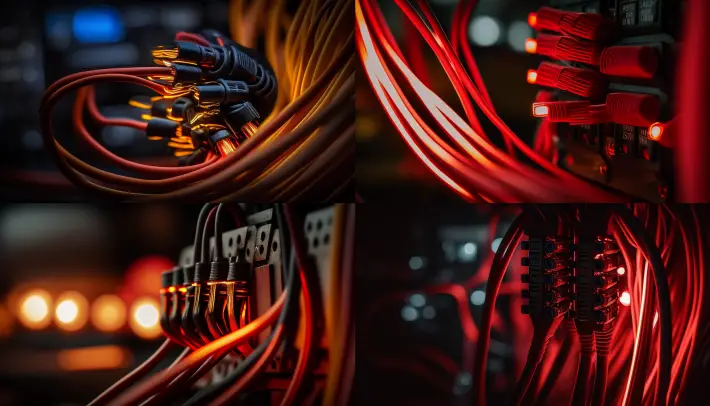
2nd gen dodges Cummins tail light wiring fix – SIMPLE AND EASY
You can read also:
- Dodge Ram Headlight Wire Color Codes
- Ford Fuel Pump Wires Color Codes
- Automotive Wire Color Code Chart
FAQs
What happens if I wire my Dodge Ram’s tail lights incorrectly?
Do all Dodge Ram models use the same tail light wire color codes?
How do I test my Dodge Ram’s tail light wires?
Can proper tail light wiring improve my Dodge Ram’s resale value?
Conclusion
The conclusion should summarize the key points of the blog post and provide links to additional resources for further learning. This could include links to wiring diagrams, video tutorials, or other helpful resources.
Understanding the tail light wire color codes for your Dodge Ram is an essential part of ensuring proper wiring and preventing accidents.
By following the tips and guidelines outlined in this blog post, you can avoid common wiring issues and keep your vehicle running safely and smoothly.


